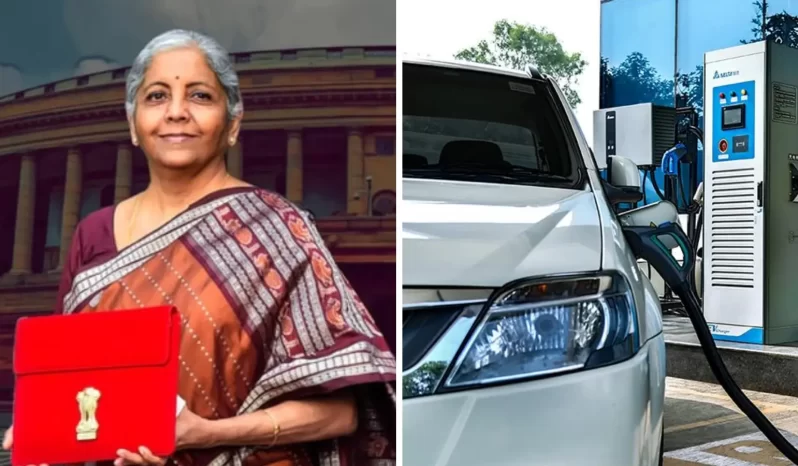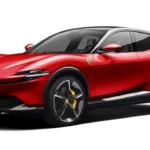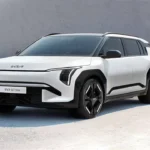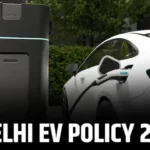Key Highlights:
- Extension on EMPs up to 30% remains unfulfilled
- Still no relaxation for MOWR-licensed OEMs on custom import duties
- No Concrete announcement on FAME 3 Policy
- No mention on building charging infrastructure
The Union Budget 2024 is expected to stir mixed emotions among EV buyers and manufacturers. It opens the door to cheaper EV batteries by cutting custom duties on crucial minerals needed for their production. However, it remains quiet on bringing back EMPs extending subsidies for electric two-wheelers.
Talking on the good news,the budget has slashed customs duties on essential minerals like lithium, cobalt, and copper from 10% to 2.5% and even to zero for some metals. This change could lower battery prices by up to 20%.
Batteries make up 40% to 50% of the cost of EVs,” noted Vikrant Singh, Co-Founder, Director, and CTO at Batx Energies.
“The government has helped battery makers by cutting the import costs of crucial materials like nickel, needed for cathodes. This overall mineral policy is a positive move, as it is expected to lower battery prices by over 20% due to these changes,” he added.
Rajat Verma, Founder & CEO of LOHUM, which also specializes in battery recycling, was similarly optimistic. He highlighted that the Critical Mineral Mission will boost the production, recycling, and international procurement of essential minerals. Verma further added, “The mission’s emphasis on advancing technology, building a skilled workforce, and providing adequate financing is precisely what the ecosystem requires at this moment”.
Randheer Singh, former Director at Niti Aayog and CEO of Foresee Advisors, also concurred. He noted that Finance Minister Nirmala Sitharaman’s decision to waive import duties on 25 minerals, including lithium, is likely to cut battery manufacturing costs and, consequently, lower electric vehicle prices for consumers.
The budget also unveiled various measures to support battery and cell manufacturing, startups, and India’s energy transition.
While these initiatives were well-received by industry stakeholders, there was disappointment due to the absence of specific EV policies and the lack of a FAME 3 announcement to continue government subsidies driven by demand. Some in the industry had hoped that the finance minister would at least mention a successor to the FAME 2 scheme. However, Minister of Heavy Industries HD Kumaraswamy had hinted last week that the new scheme wouldn’t be revealed in the budget.
The anticipated FAME 3 was expected to receive an allocation of INR 10,000 crore. Instead, the budget reaffirmed the INR 2,671 crore allocation for FAME 2 for the year.
No extension on EMPs:
With no concrete announcements on FAME 3, industry members were also hoping for an extension of the INR 500 crore Electric Mobility Promotion Scheme (EMPS) 2024, which subsidizes electric two- and three-wheelers.
However, this expectation was unmet. The EMPS scheme, which provides incentives of up to INR 10,000 for electric two-wheelers and INR 50,000 for electric three-wheelers, is due to expire on July 31st. The extension on EMPs was likely to extend up to 30% on passenger electric mobility category but unfortunately it did not see any rise.
No Concrete announcement on FAME 3 Policy:
“In this budget, we hoped for specific EV policies, such as the announcement of FAME 3 or an extension of the EMPS scheme,” said Mayur Misra, Director and CEO of Corrit Electric, a B2B EV startup.
Rahil Gupta, Co-Founder and CTO of the electric motorcycle maker HOP Electric, added that a new FAME 3 scheme could have significantly supported the government’s goal to increase electric vehicle penetration to 30% by 2030. With the finance minister failing to offer relief to EV manufacturers, it could negatively impact EV sales, which have already been dropping in recent months.
No relaxation on import duties for MOWR-licensed OEMs:
New EV entrants in India, utilizing the PLI scheme, had hoped for relaxed import duties since they are MOWR-licensed OEMs needing time to analyze the market. In the meantime, they anticipated selling through the CBU or CKD route, which incurs high costs, resulting in hefty price tags for consumers and negatively impacting sales.
These multinational manufacturers view this as favoritism toward local automakers, stifling market competitiveness and hindering globalization. Establishing a factory requires thorough evaluation, but companies can’t remain idle, and high import duties make the business unprofitable. Consequently, their expectations for reduced import duties remain unmet, leaving automakers dissatisfied with the Union Budget 2024.
No mention on building charging infrastructure:
While the finance minister has supported the growth of cell and battery manufacturing, we were hoping for a focus on the fundamental issue of charging infrastructure,” stated by Dr. Amitabh Saran, CEO and Co-Founder of Altigreen Propulsion Labs, an electric three-wheeler startup. For widespread and sustainable adoption of EVs in India, addressing the infrastructural costs is essential, and subsidies could play a crucial role in overcoming this challenge.
Elctrik Speaks:
The Indian EV sector is left disappointed with the Union Budget 2024, as their expectations across various aspects and key areas remain unmet. The government’s omission of FAME III and the lack of focus on electric two-wheelers—the largest segment in India’s EV revolution are major oversights.
Additionally, there is no strategy to foster competition, which is essential for market growth and fairness. This shortfall could adversely affect both industry players and consumers in the coming years. A competitive market is crucial for keeping prices in check, but this budget fails to inspire confidence. Automakers were hoping for incentives to boost the electric transition, yet the government’s support appears minimal.






